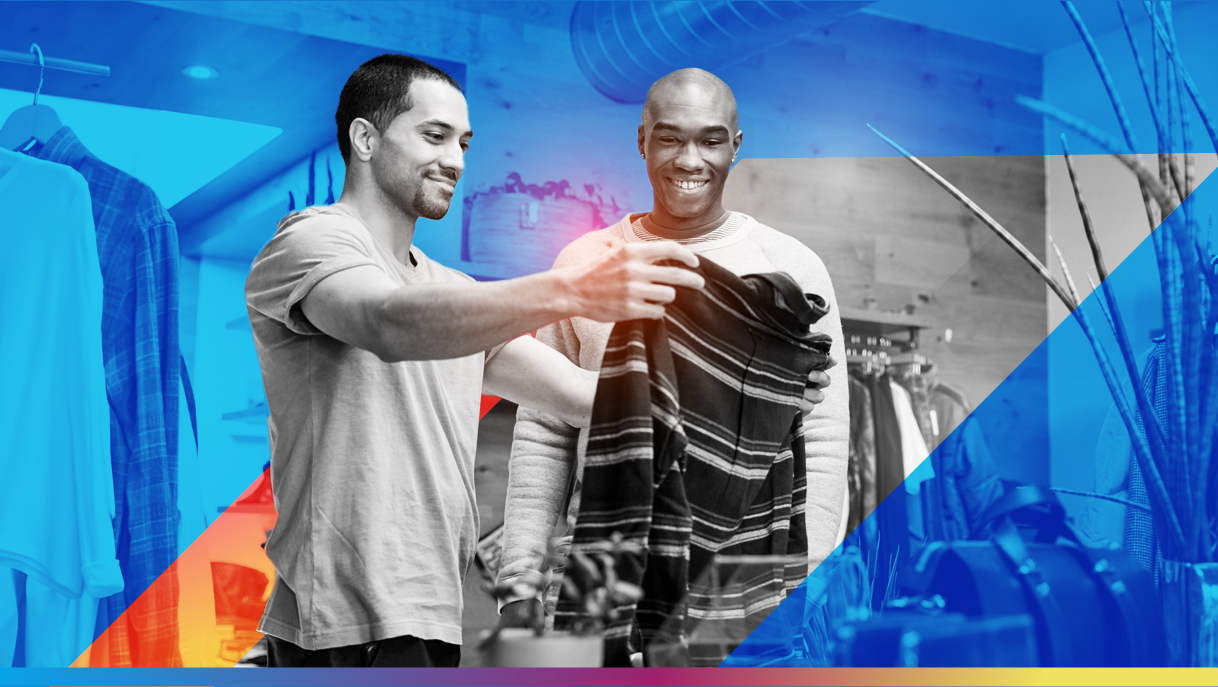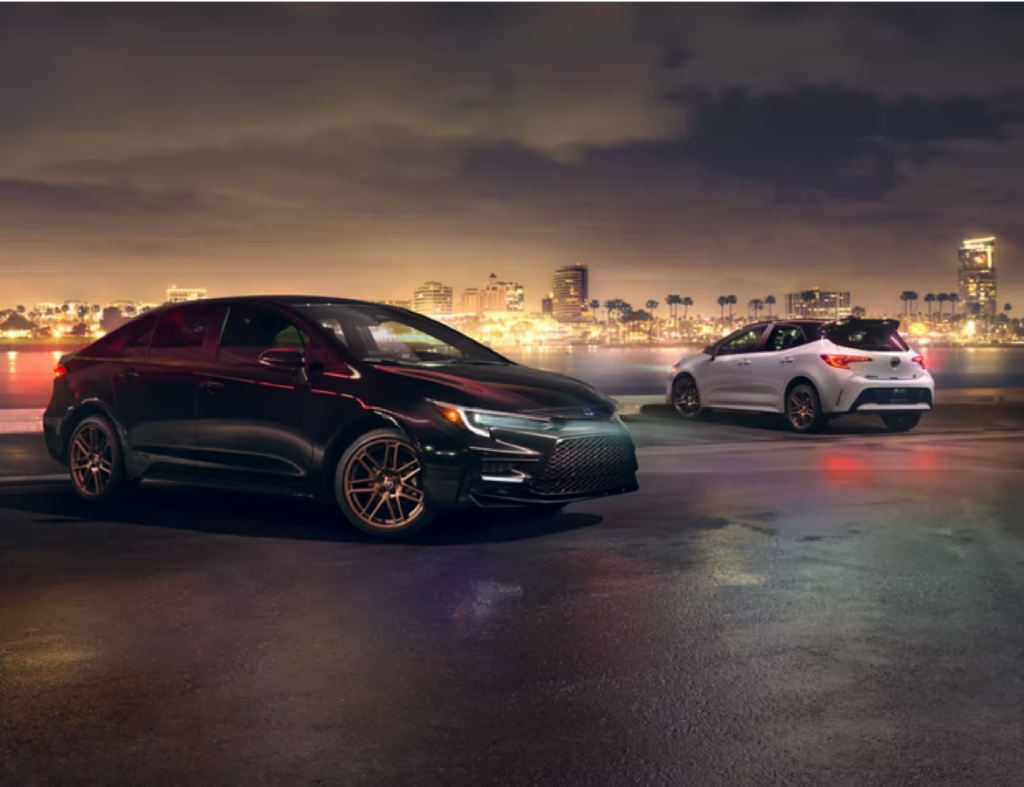
7 Exciting Ways To Innovate the Shopping Experience
The retail landscape is undergoing a dramatic transformation fueled by changing consumer attitudes and technological advancements. As consumers become more discerning, brands must step up their game to stay relevant. Enhancing both online and offline shopping experiences has never been more critical.
Let’s explore the top trends that are reshaping the shopping experience, along with real-world examples of brands leading the way.
1. “Phygital” Retail
“Phygital” retail seamlessly blends the convenience of online shopping with the rich, immersive experience of visiting a brick-and-mortar store. It involves integrating digital technology into physical retail spaces.
For example, when an item is out of stock in-store, customers can simply scan a QR code or follow a link to purchase it online. This strategy not only prevents missed sales but also enhances the overall shopping experience by replicating the ease of online shopping.
Example: H&M, a global fashion brand, has successfully implemented phygital strategies by using QR codes in-store. Shoppers can scan QR codes on clothing tags to view additional product information, check for available sizes and colors, and make online purchases if needed.
2. Self-Serve Options
Consumers are becoming increasingly self-sufficient, and retailers are responding by offering a range of independent shopping options. This includes self-serve kiosks, mobile checkout solutions, improved in-store Wi-Fi, and the use of QR codes to access additional product details and reviews. By providing these options, retailers cater to the diverse preferences of modern shoppers and enhance their overall experience.
Example: Walmart’s “Scan and Go” technology lets customers scan items with their smartphones while shopping. They can then pay via mobile, avoiding traditional checkout lines. This eliminates the inconvenience of waiting in line, and empowers customers to shop independently.
3. Social Commerce & Live Shopping
Live shopping is making a comeback—and it’s social. During live shopping events, brands and retailers leverage platforms like Instagram Live to showcase products as customers watch and make purchases directly on social media.
Usually, a host such as a stylist, influencer, or brand-representative highlights key products, while consumers tune in via a social media app like TikTok, a marketplace like Amazon, or platform like Talkshoplive.
The US livestream shopping market is projected to surpass $31 billion by the end of 2023, and leading brands like Macy’s, Nordstrom, H&M, and Walmart have been quick to embrace the trend.
Example: Department store Macy’s regularly hosts livestream shopping events on platforms like Instagram Live. During these events, they showcase their latest collections, answer customer questions, and create a sense of urgency to boost sales.
4. Location-Based SMS Campaigns
Location-based SMS campaigns have emerged as a powerful strategy to attract customers to physical stores. By sending SMS messages based on a customer’s location, businesses can inform them about nearby deals, promotions, or new product launches, encouraging them to visit the store in person.
Example: Starbucks, the global coffee chain, uses location-based SMS campaigns to notify app users about nearby stores, special offers, and new menu items. This strategy not only drives foot traffic but also fosters a sense of exclusivity for customers.
5. Virtual Changing Rooms
Virtual changing rooms have transformed the way customers try on products. Shoppers can use augmented reality (AR) technology to visualize how clothing and accessories would look on them without physically trying them on.
This innovation not only enhances the convenience of online shopping but also reduces the need for traditional changing rooms in physical stores.
Example: GAP, a well-known clothing brand, introduced a virtual fitting room feature in its mobile app. Shoppers can select items and use their smartphone camera to try them on virtually, providing a more interactive and engaging shopping experience.
6. Gamification
Gamification is a key way to make shopping more interactive and enjoyable. Brands can incorporate game elements into their apps, websites and in-store to engage customers and reward them for their participation.
This approach not only enhances the shopping experience but also fosters customer loyalty.
With 80% of Gen Z and Millennial consumers playing games, gamification is a particularly promising strategy for brands targeting a younger demographic.
Example: Hair care brand Living Proof made gamification a key part of their virtual store in the metaverse. Customers can take an AI-generated quiz about their hair routine and submit a selfie to detect hair type, volume, curl shape and color to receive personalized hair care recommendations.
7. Personalization
Personalization has become essential, enabling brands to engage with customers in more meaningful, authentic ways.
A McKinsey report revealed that 71% of customers expect personalized communication, and 76% of customers are frustrated by lack of personalization. In other words, a one-size-fits-all approach no longer flies in a world where customers seek tailored and relevant experiences.
There are many ways brands can bring in a personal touch, from individualized offers and recommendations to thoughtful follow-ups post-purchase.
Example: Target’s loyalty programs used to be highly transactional, rewarding spending with points. However, Target soon realized that this generic approach was missing the mark. The retailer launched a new and highly personalized loyalty program, Target Circle. It allows members to unlock offerings tailored specifically to their preferences and needs. With more than 120 million members, Target Circle is now one of the largest and fastest-growing loyalty programs in the U.S.
Innovating the Shopping Experience With Zeta
Adopting technology that sparks joy, convenience and value for consumers is crucial to keeping up in the fast-evolving retail space. Learn more about how the Zeta Marketing Cloud enables personalized shopping experiences, or discover how Toyota increased conversion rates by 360% with a tailored omnichannel strategy.
Want to see Zeta in action?




